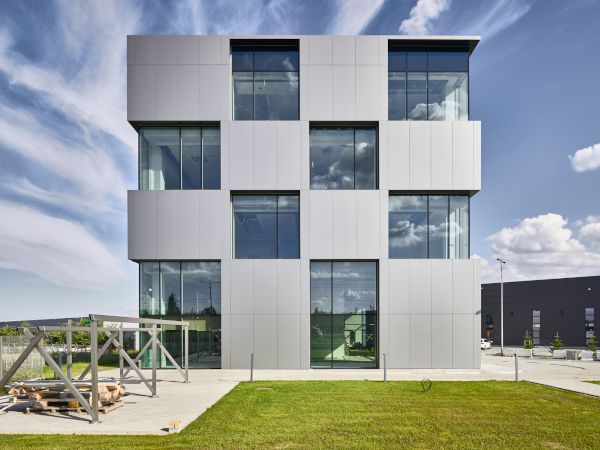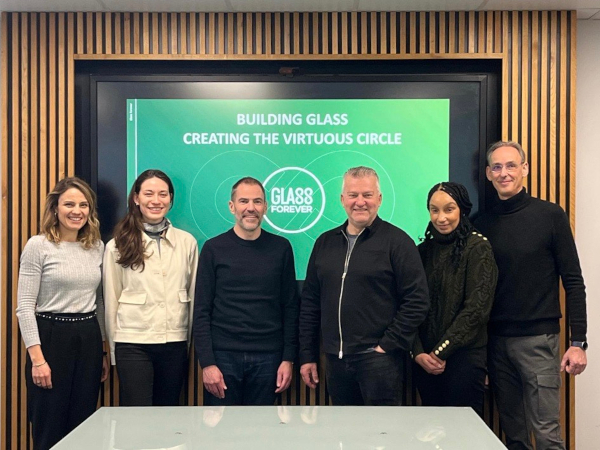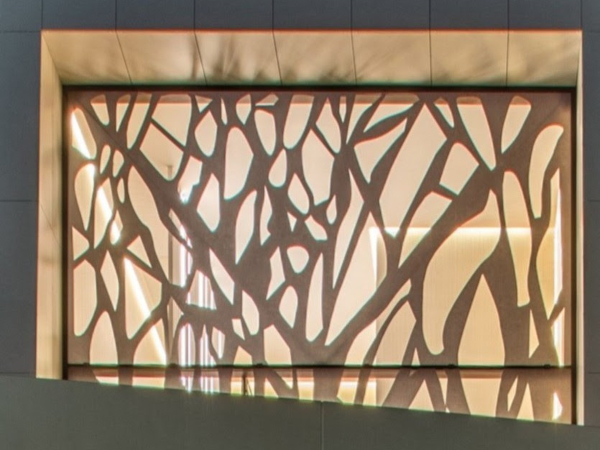Date: 14 January 2013
The latter were gathered by David Strong Consulting in a recent study on the distinctive benefits of glazing, which highlights the socio-economic contributions of glazed areas to sustainability in the built environment.
“Getting daylight into buildings is a key element of sustainable building design. It not only saves energy but it greatly enhances the health, happiness and well-being of occupants”, explained David Strong after having analysed the positive impact of daylight in healthcare, educational buildings, workplace, retails buildings and living places.
“Glass is unique among building materials because of its ability to transmit daylight and sunlight and to provide a view to the outside world. Therefore, glass influences the interior quality of buildings in many more ways than does any other construction material” said Rick Wilberforce, Chairman of the External Relations Committee of Glass for Europe.
At a time when focus on sustainable building design is growing, Glass for Europe firmly believes that policy-makers and architects need to be aware of the socio-economic aspects of sustainability linked to the provision of daylight into buildings and its benefits to occupants as a way to ensure that new buildings are truly sustainable.
“The incredible advances in glass making technologies in the last quarter of a century have given architects a whole pallet of products, which can be net contributors of energy to buildings. It means architects now have freedom of design in the amount of glazing in the facades that was never previously possible”, added Rick Wilberforce.
----------
D. Strong’s report can be downloaded from the following URL: www.glassforeurope.com/en/issues/natural-daylight.php
For more information, please contact Bertrand Cazes, info@glassforeurope.com, +32.(0)2.538.43.77
About Glass for Europe
Glass for Europe is the trade association for Europe’s manufacturers of flat glass. Flat glass is the material that goes into a variety of end-products and primarily in windows and façades for buildings, windscreens and windows for automotive and transport as well as glass covers, connectors and mirrors for solar-energy equipments. Flat glass is also used for many other applications such as furniture, electronics, appliances, etc.
Glass for Europe has four members: AGC Glass Europe, NSG-Group, Saint-Gobain Glass and Sisecam-Trakya Cam and works in association with Guardian. Altogether, these five companies represent 90% of Europe’s flat glass production.
Glass for Europe firmly believes that state-of-the-art glass can play a vital role in achieving the EU’s energy saving targets and promotes ambitious mechanisms to support the market uptake of energy-efficient glass technologies.














Add new comment